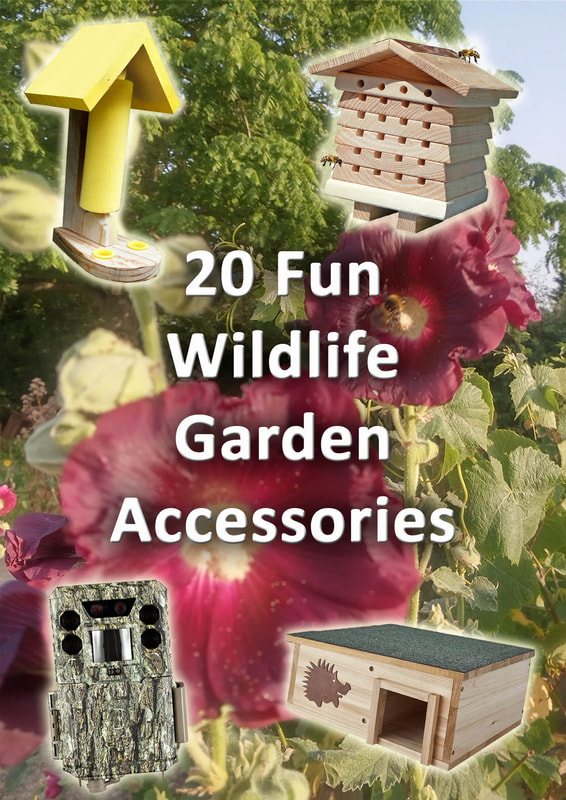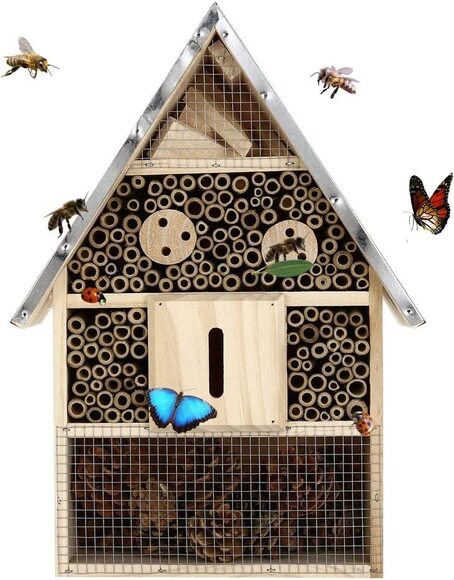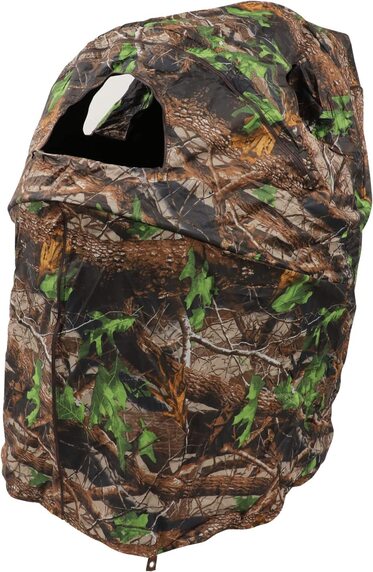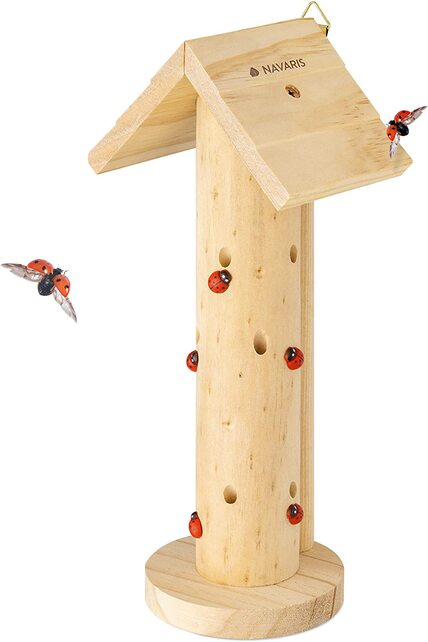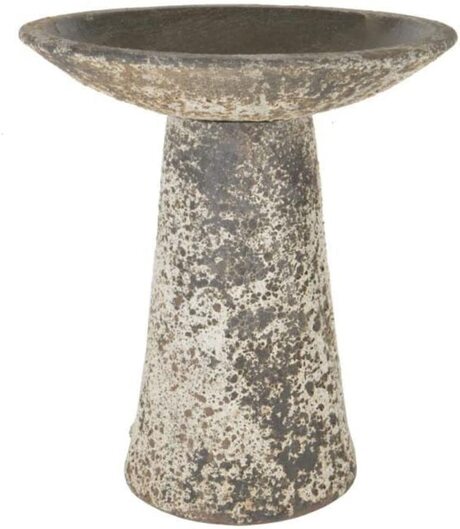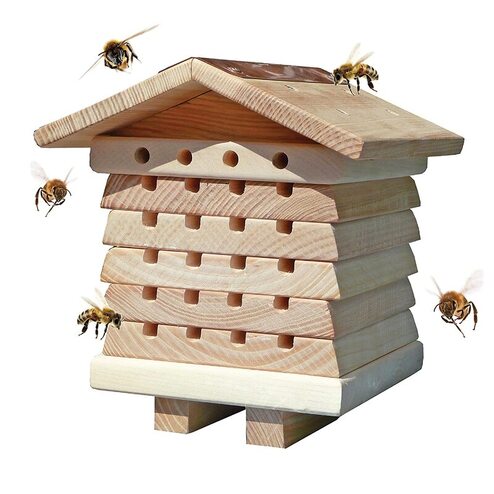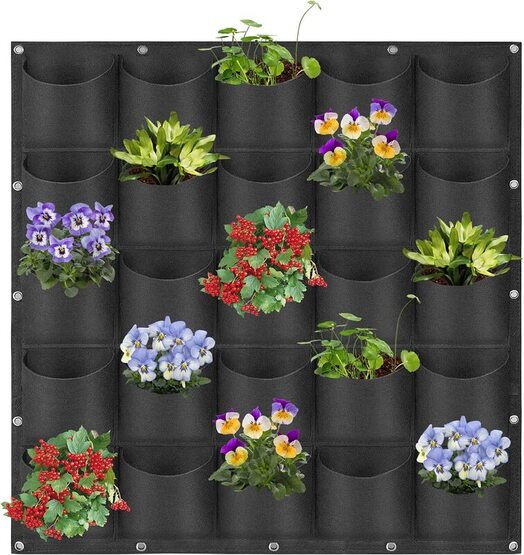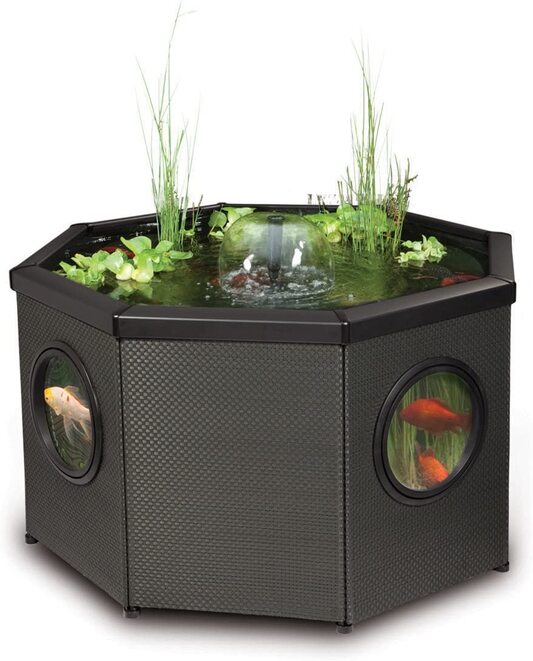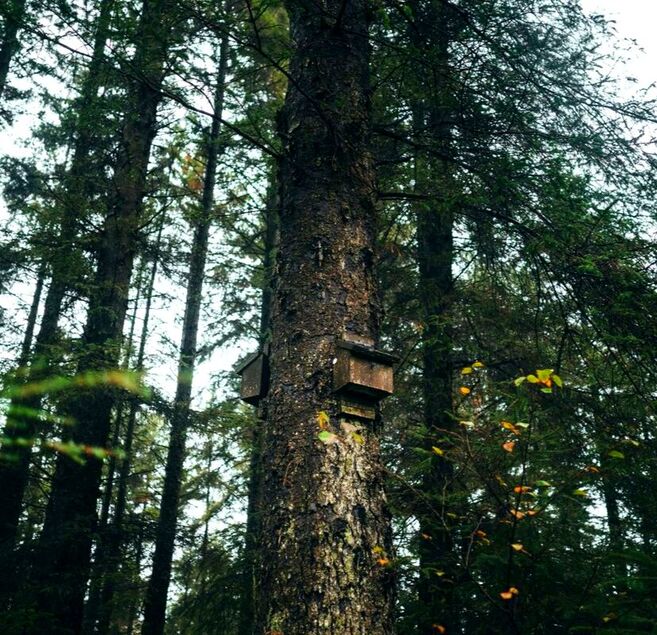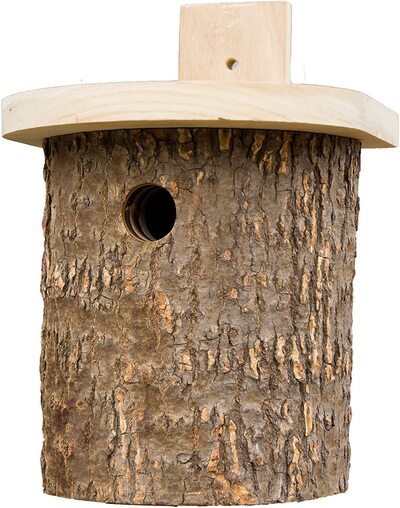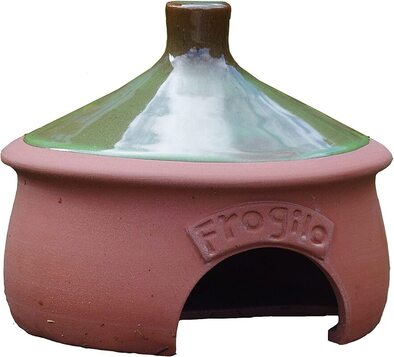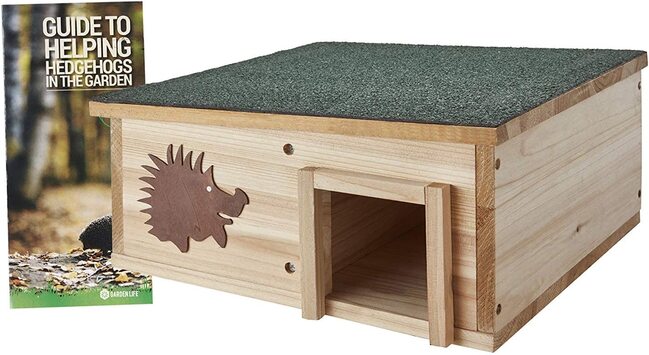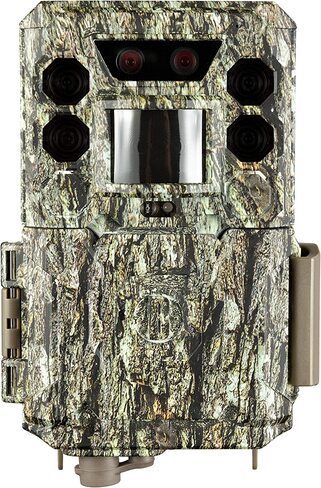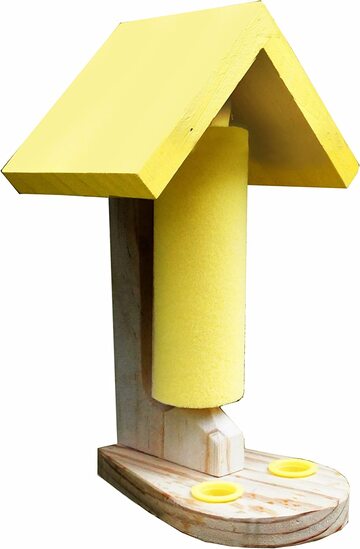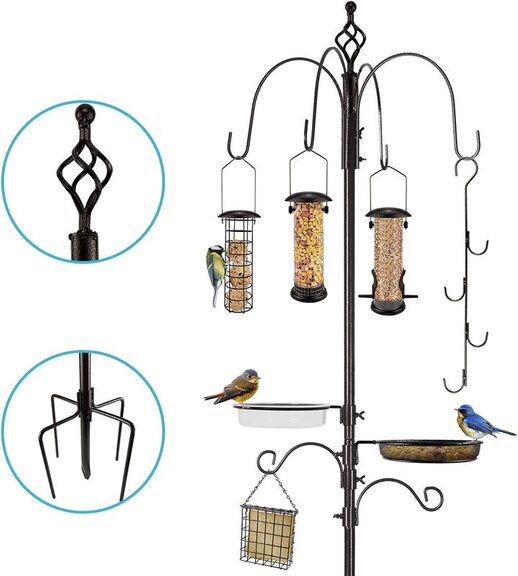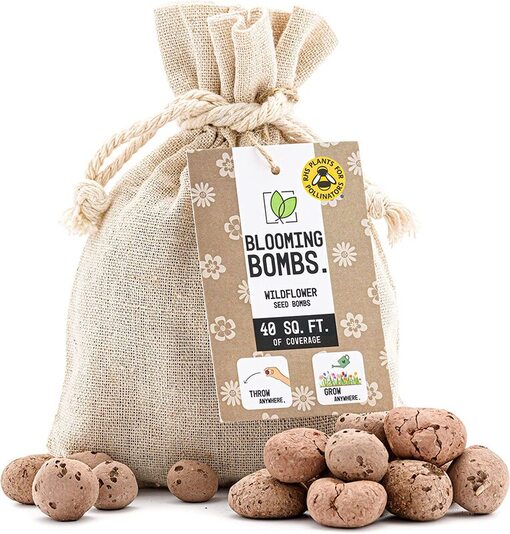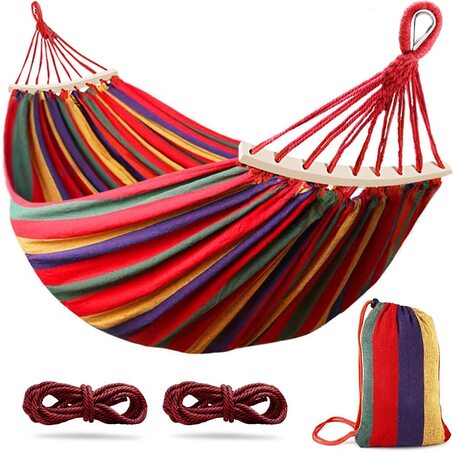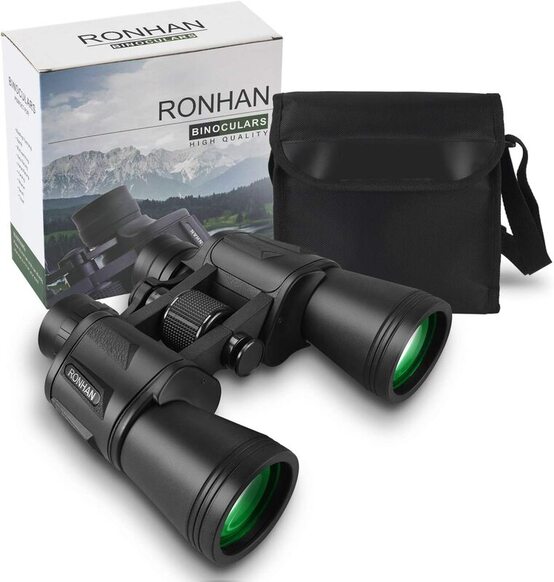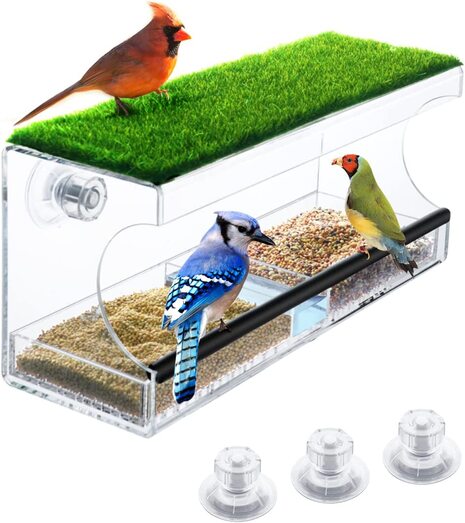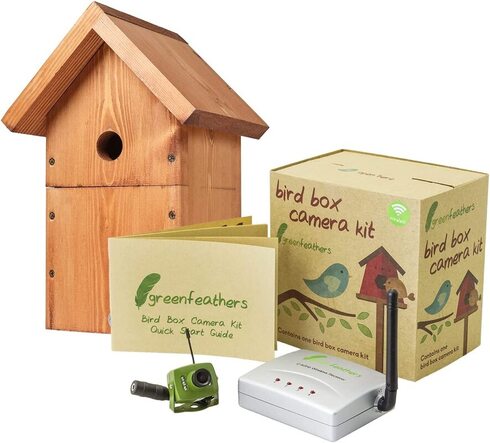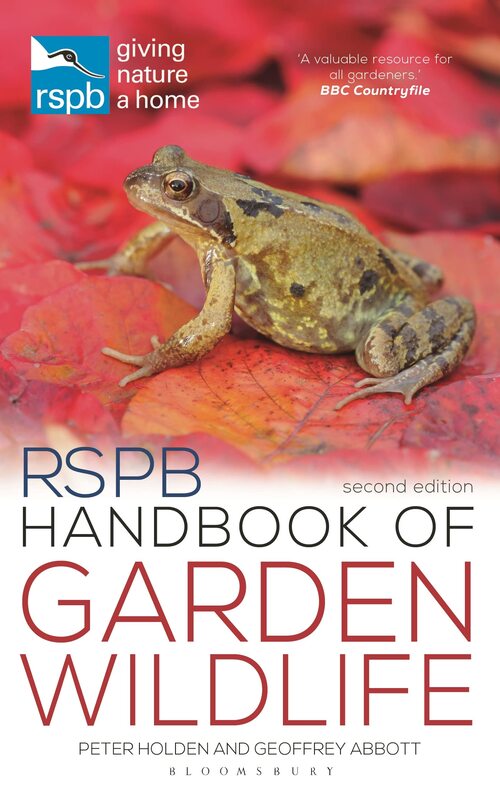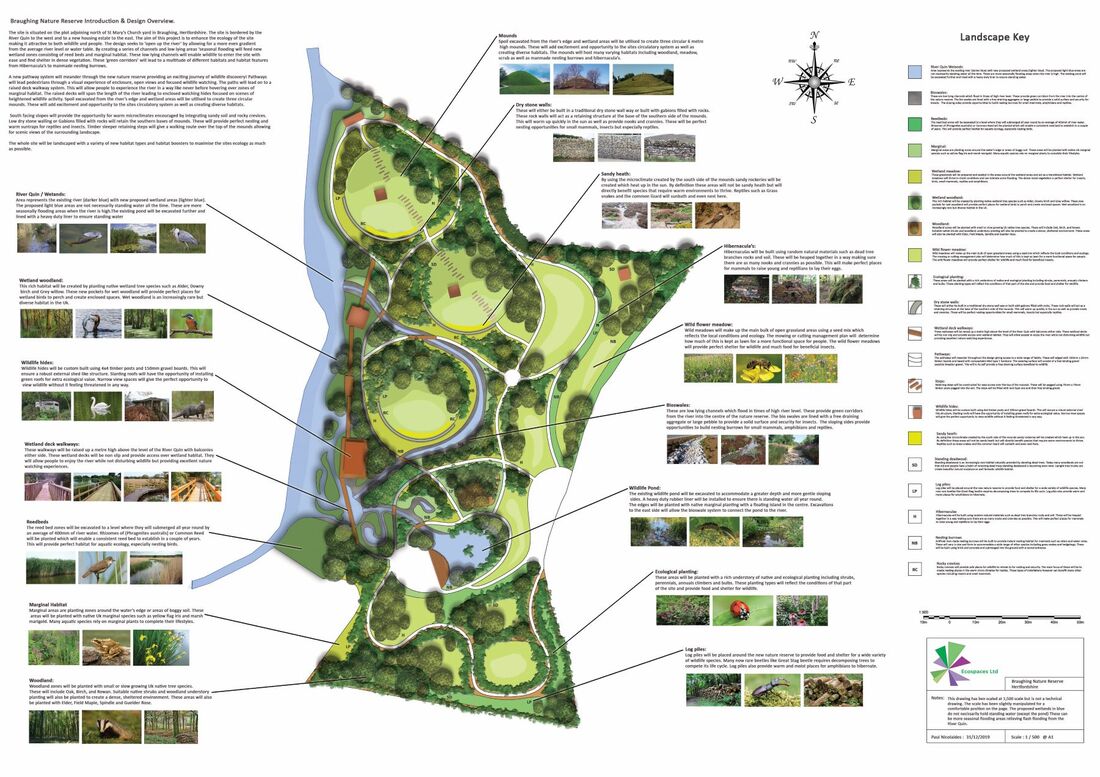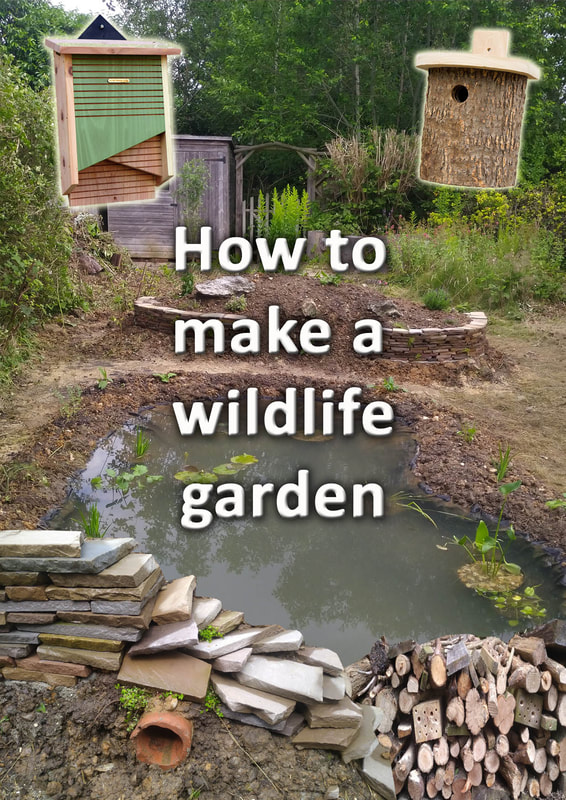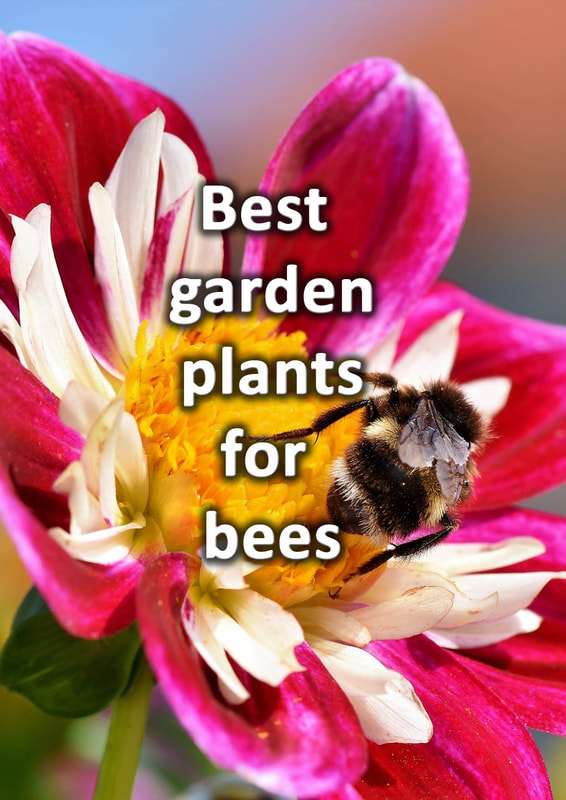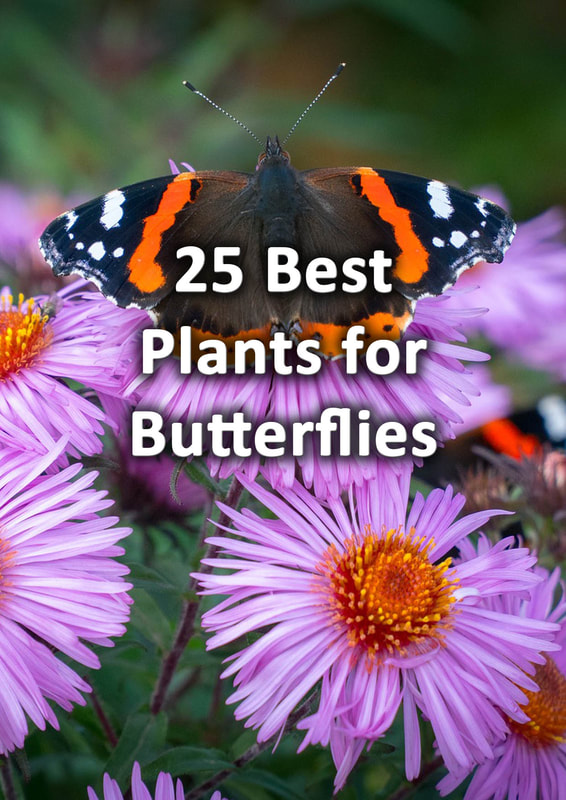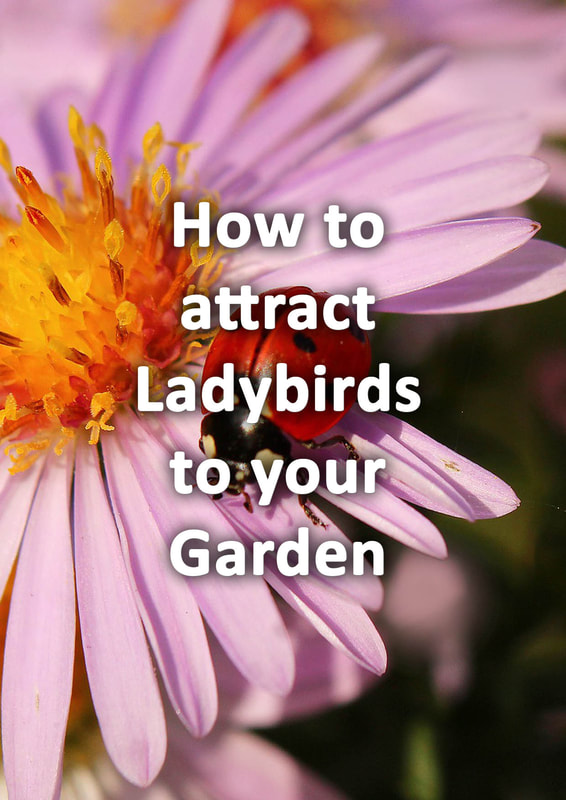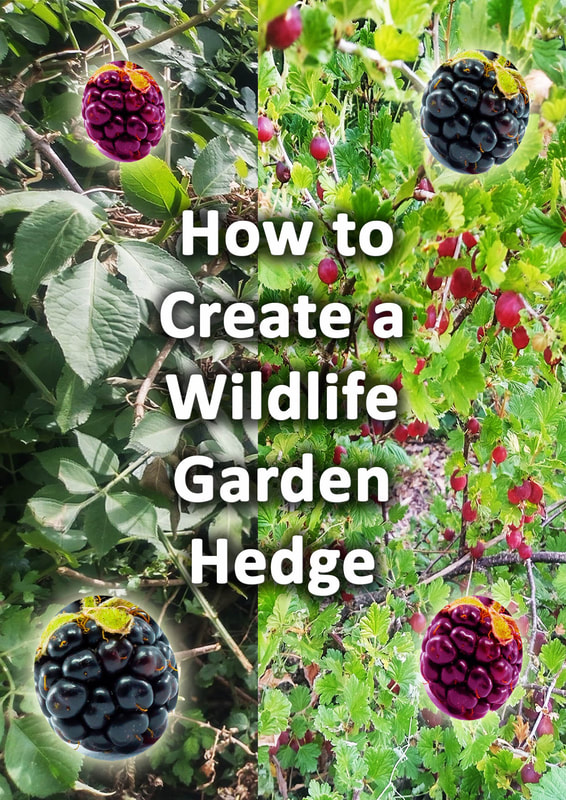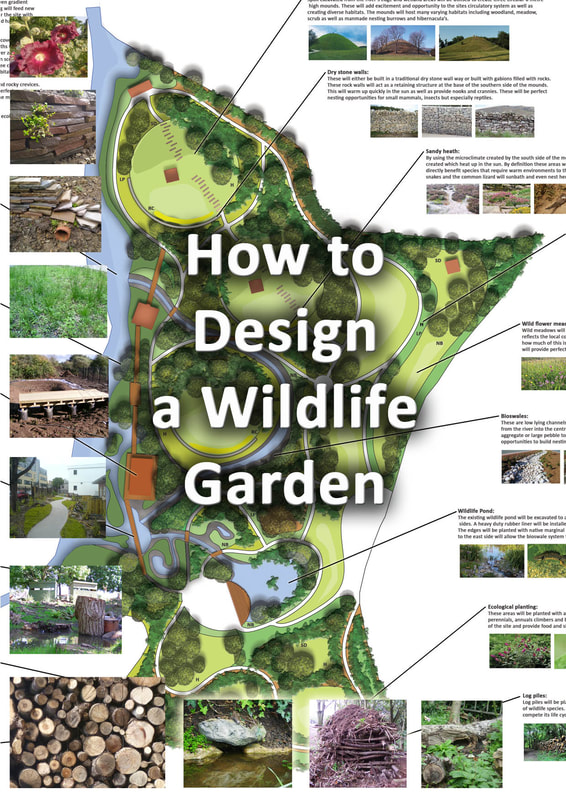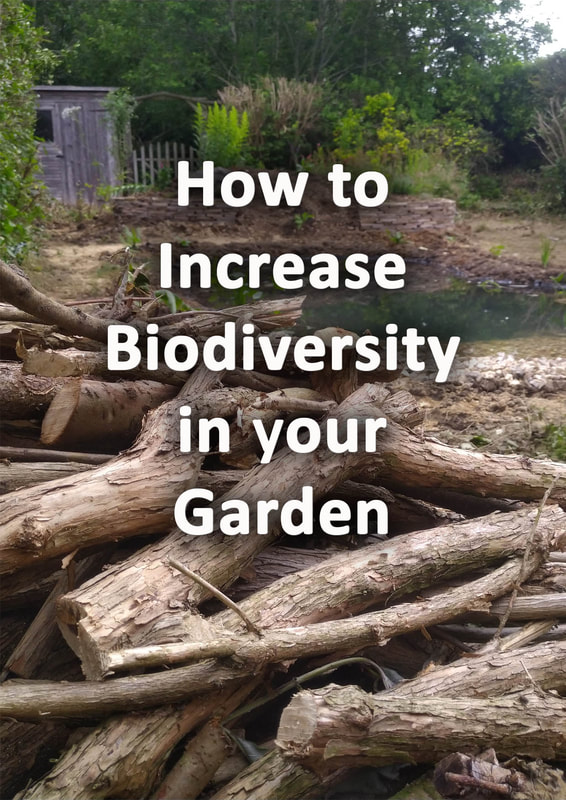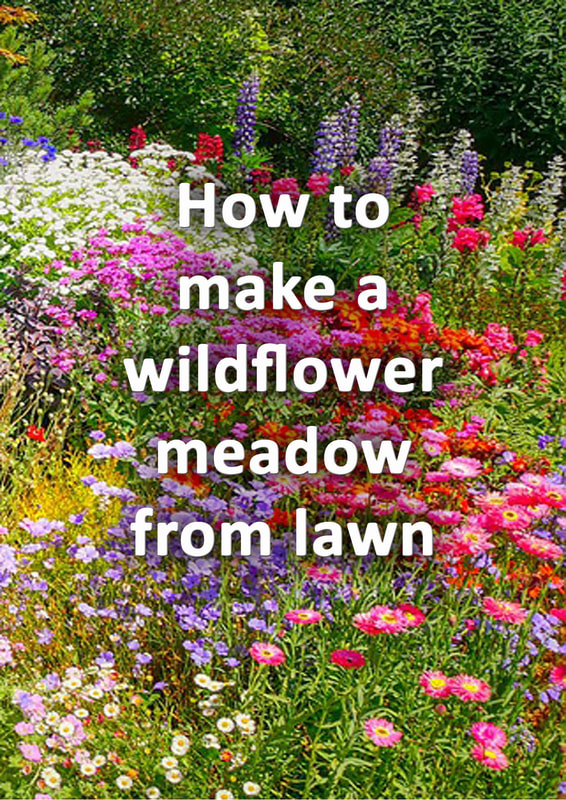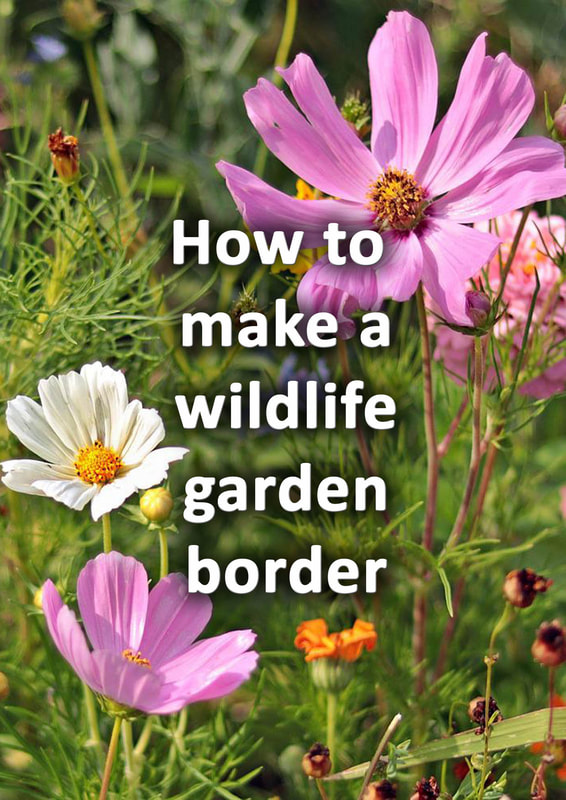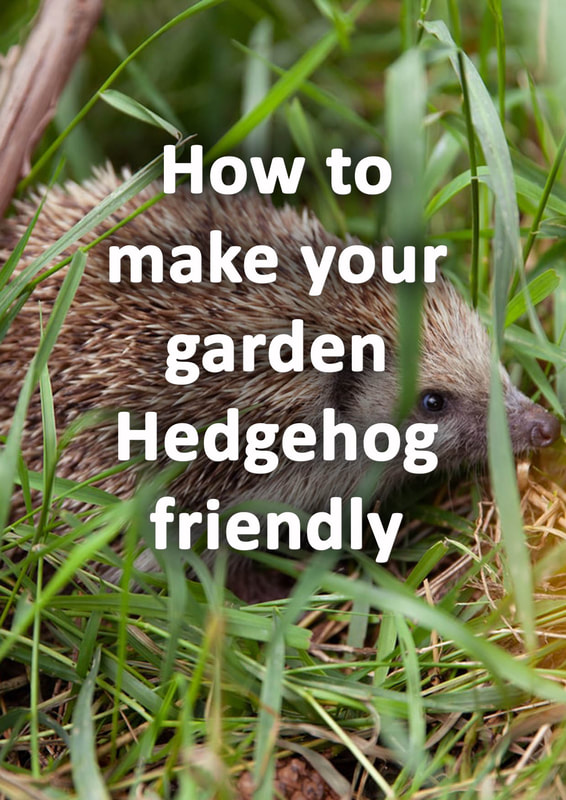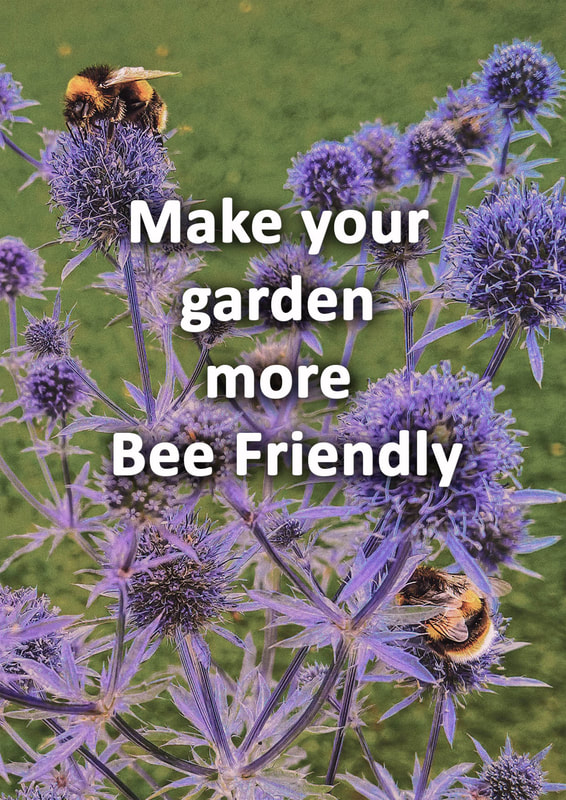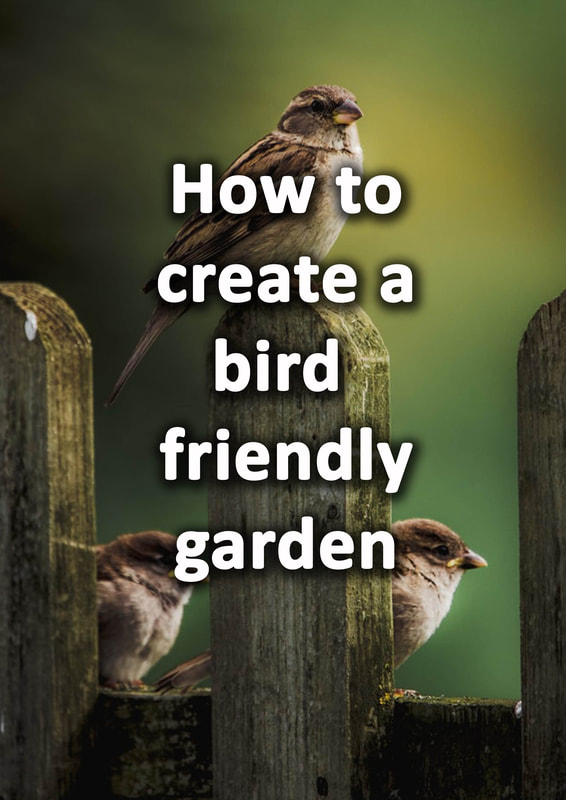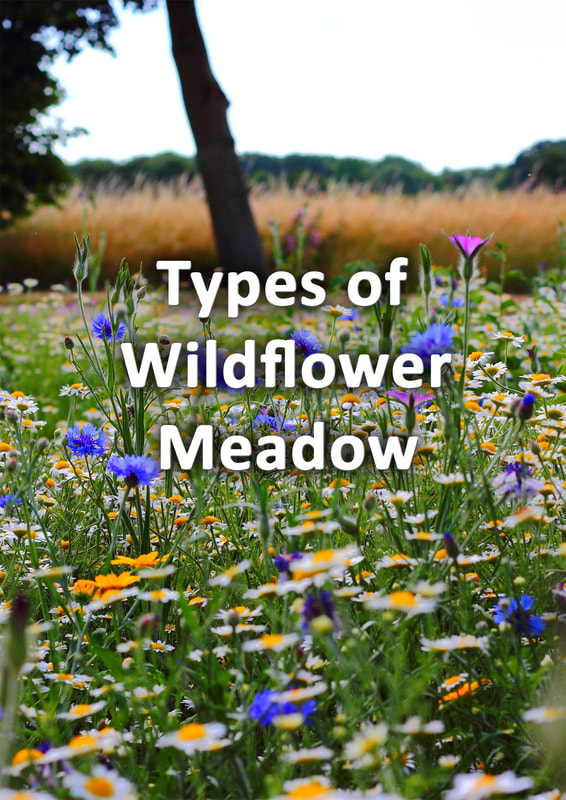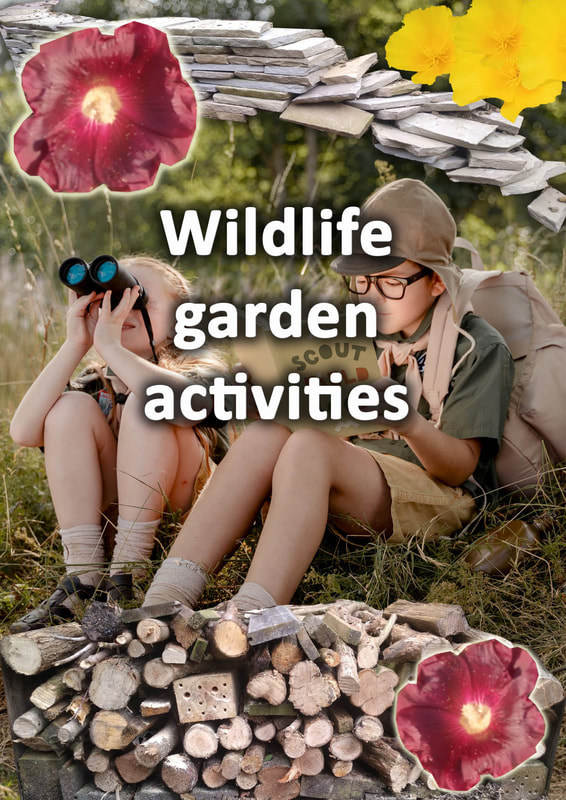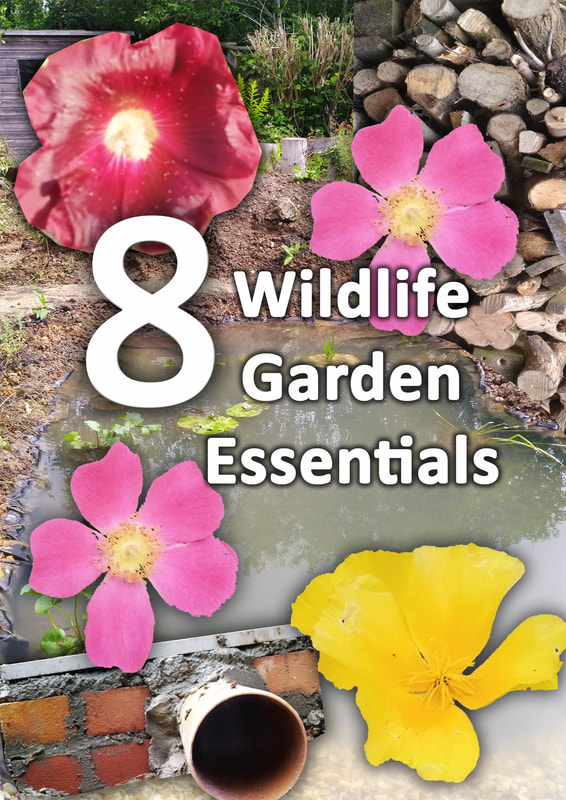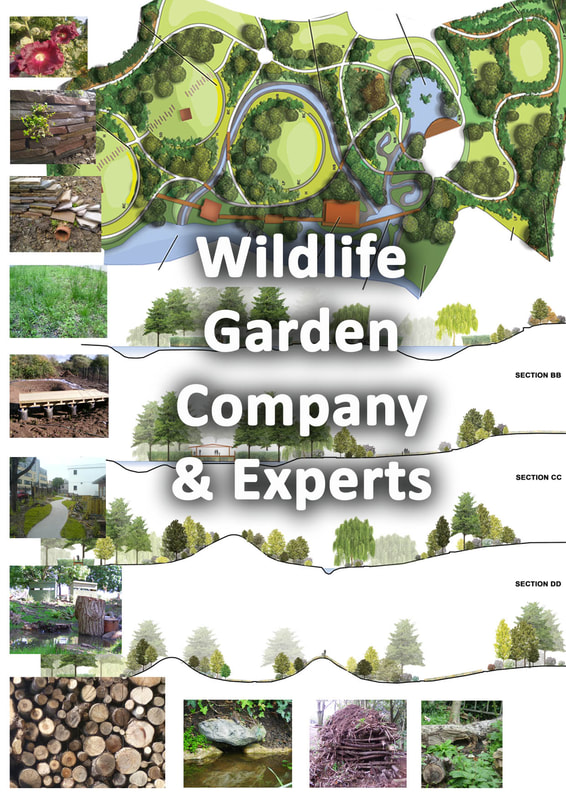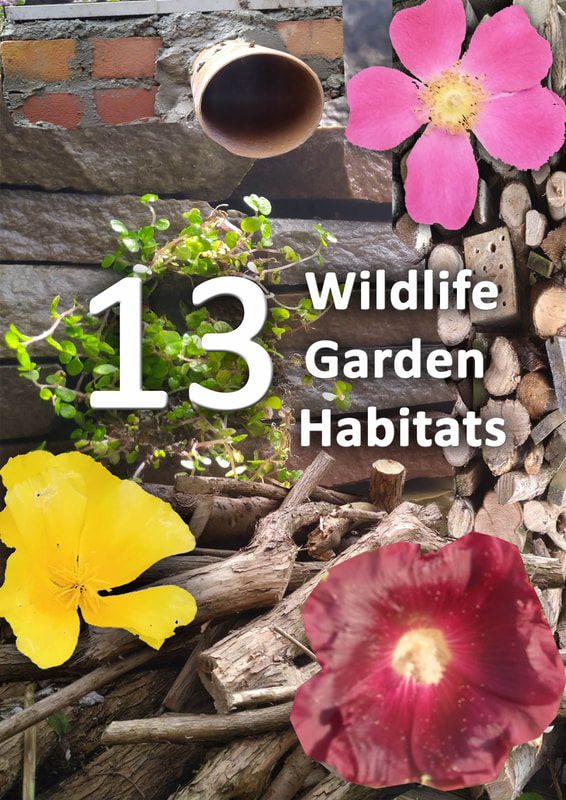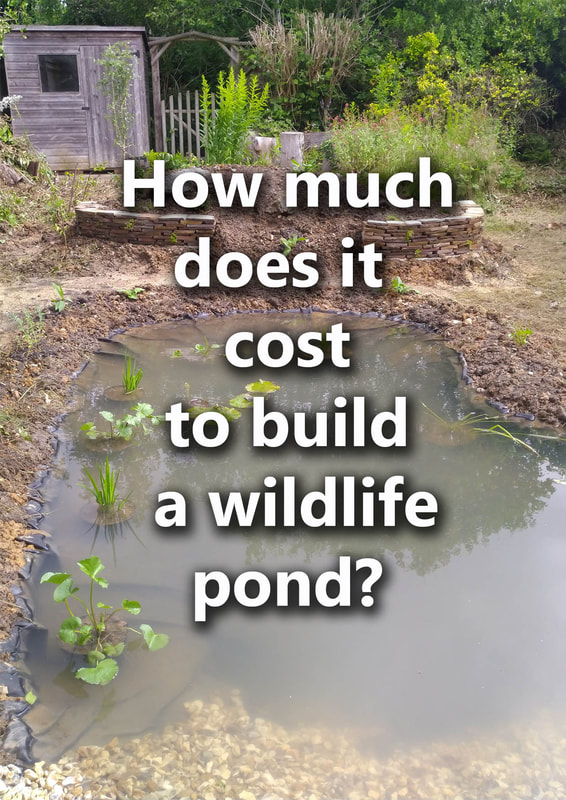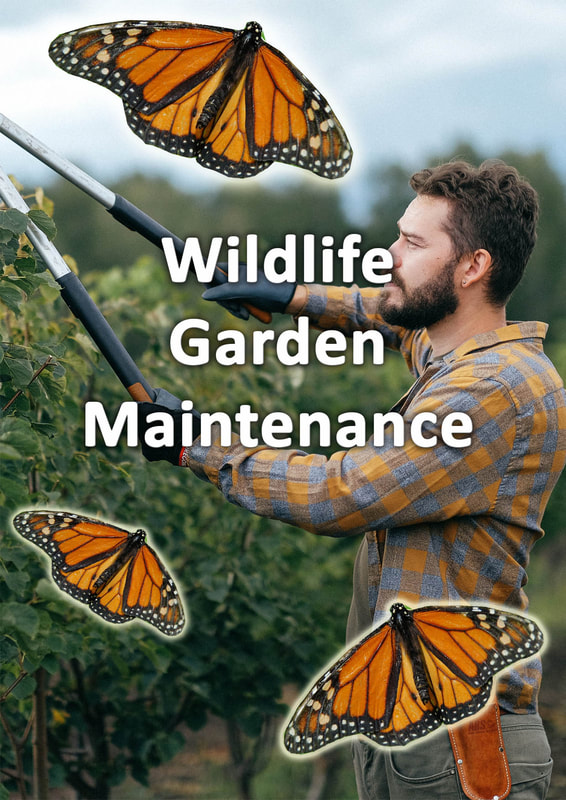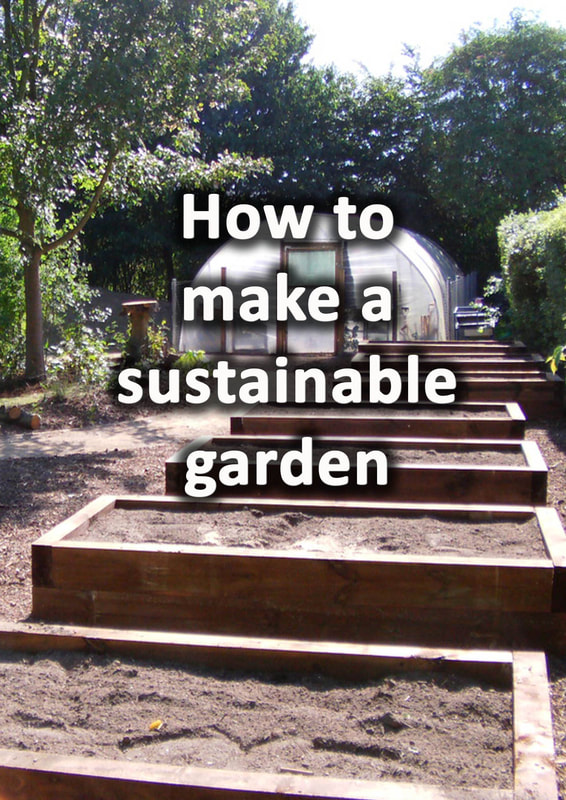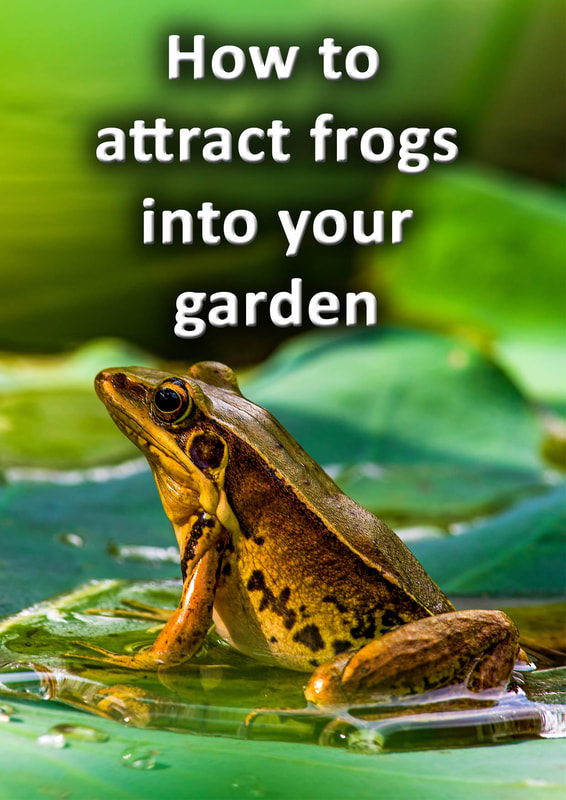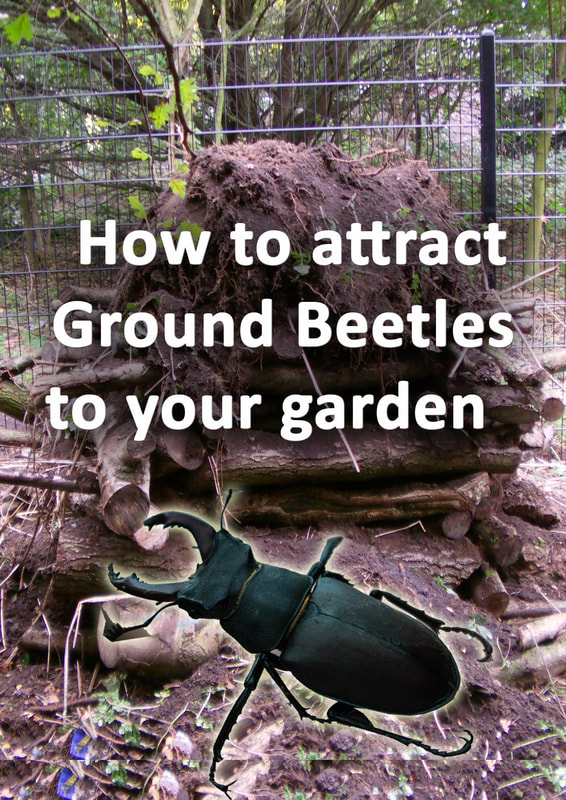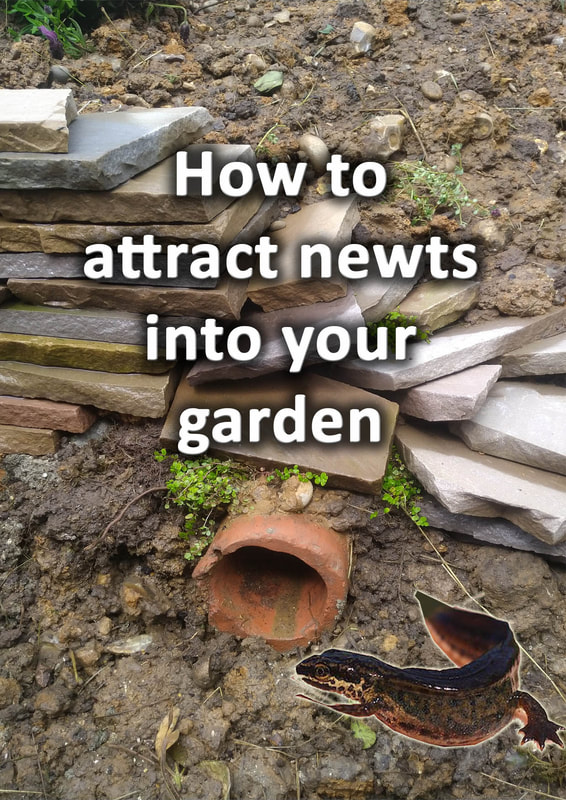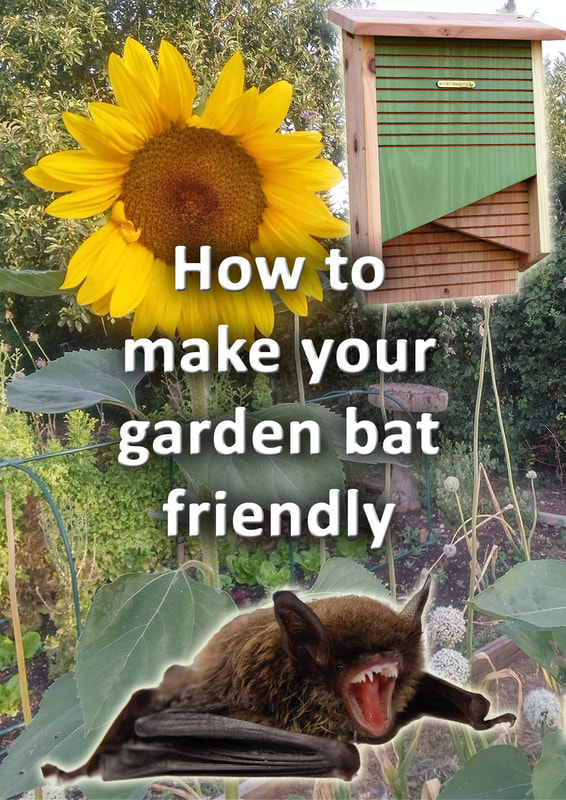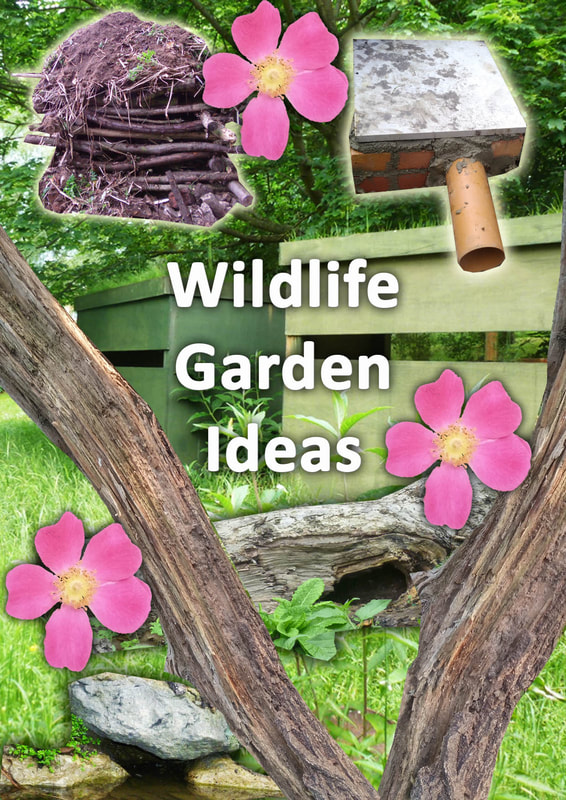|
This article contains affiliate links
Wildlife gardens can be extremely exciting places to design, create and spend time in!
However, there are so many wildlife garden accessories which can bring your project to the next level. There are so many habitat boosters, nest boxes and wildlife study aids on the market today. These can not only enhance your gardens habitat value but make it more interactive for you! Maybe you have a friend or family member who is thinking of starting a wildlife garden? Perhaps some cool wildlife garden accessories could make that perfect gift? Look no further! We have put together a list of 20, fun, wildlife garden accessories, which will keep you entertained for days. 1. Bug hotels
Bug hotels are basically nest boxes for bugs! Although ‘bugs’ is not a scientific term it generally refers to a wide spectrum of insects and invertebrates. These small creatures can be extremely beneficial to gardens keeping them healthy and free of pests. Bug hotels provide many crevices and tubes for the most beneficial bugs to nest and overwinter. 2. Wildlife viewing tents
Once your wildlife garden has become established there will be many interesting creatures to observe. The problem is, wildlife generally has a natural fear of humans, especially larger and rare species. This means if you want to watch your gardens wildlife you may need a wildlife viewing tent. This small, camouflage, viewing den is great for getting up close and personal with garden wildlife. 3. Lady bird tower
Ladybird towers are a great way to provide homes for one of the most beneficial garden species. Ladybirds and their larvae are extremely efficient at eating thousands of aphids in one season. Aphids such as greenfly eat through our favourite garden plants and vegetables. This tower provides security from predators and safe places to hibernate. 4. Bird baths
Birds are some of the most enjoyable creatures to watch in the garden. Not only are they fun to watch and study, but they also eat many of the gardener's worst foes. Garden birds eat their way through large amounts of slugs, snail’s caterpillars and aphids. Birds need fresh water to both drink and clean their feathers. This raised bird bath provides water up and away from ground dwelling predators. 5. Solitary bee hives
When most people think of bees, they think of honeybees which live in large colonies. However, some of the most beneficial and rare pollinator bees are in fact solitary. There are hundreds of different types of solitary bees all with varying attributes. Some species prefer to nest within specific sized crevices or holes. 6. Wall planters
By greening otherwise harsh and bland, vertical, facades you can create extra wildlife garden habitats. Bare fences, walls and structures are an untapped opportunity when it comes to wildlife. One of the most exciting ways to do this is with green wall planters. These mountable planting pockets are great for wildflower displays or even vertical herb gardens. These can be accessorised with attached dead wood habitats and insect hotels. 7. Patio pond set
Many people get nervous about the idea of a large wildlife pond in their back garden. However, wildlife ponds do not have to be large in order to be beneficial. In fact, ponds do not even have to be excavated into the ground. This patio pond set will enable you to bring your very own wildlife pond, up onto the patio. Its glass windows allow you to peer in and study submerged aquatic wildlife. 8. Bat boxes
Although bat numbers have seen dramatic declines in the past decades many species are quite widespread. This provides the opportunity to attract them into your garden if the conditions are right. One of the best ways to do this is by installing a bat box. Bat boxes provide the perfect quarters for roosting, breeding and keeping safe from predators. 9. Bird boxes
One of the largest threats to modern bird populations is habitat loss. Birds prefer plenty of tree cover and multiple canopy layers to forage. With many ancient woodlands having been felled, plantation woodlands provide less habitat value and nesting opportunities. Therefore, it is always advised for every wildlife garden to have a bird box. Try to make sure you install them where there is no threat of harm from predators. 10. Frog houseThis frog house is a fun and ornamental way to provide extra shelter for amphibians. Frogs in particular love damp and secluded areas nearby ponds. However, frogs can be predated by larger mammals and birds. Consequently, this frog house is a great way to make your garden frogs feel more secure. Simply place it in dense vegetation nearby your wildlife pond. 11. Hedgehog homeHedgehogs are delightful, spiny little creatures which curl up into a perfect ball when threatened. These small mammals are foragers scouring low lying vegetation for grubs, insects and snails. Hedgehogs are extremely effective at consuming garden pests and have a good temperament. Unfortunately, their numbers have declined by 90% in the past few decades. Hedgehog boxes like the one below will provide sheltered places for them to rest and raise young. 12. Wildlife cameraTrail cameras are a really fun way to see what wildlife is visiting your garden at night. They are particularly good at capturing larger creatures which are typically the most reclusive. Modern digital trail cams have multiple features including night vision, video and image bursts. They are great to set up facing wildlife ponds or linear areas of compacted ground or vegetation, (trails). 13. Butterfly feeder
Butterflies are flying insects which come in a variety of shapes and sizes with attractive wings. Due to loss of habitat many butterfly species have seen a dramatic decline in numbers. This is why many choose to help their local butterflies by installing a butterfly feeder. These can be filled with tasty treats butterflies love. Butterflies feed on nectar, a man-made substitute can be provided made of water, honey, sugar or fruit juice. You can also leave them fruits such as Oranges, Mango, and Watermelon. 14. Hanging bird feederOne of the best wildlife garden accessories to bring birds into your garden is a bird feeder. This is especially so in winter when wild birds have less, available, natural food. However, many bird feeders can become fair game for other wildlife such as squirrels and even rats. Hanging bird feeders raise up feeders on a thin and narrow pole. This makes it challenging for other garden wildlife to get access to the feed. 15. Bee bombsBee bombs are one of the most interactive and fun ways of encouraging bees to your garden. These mud balls are filled with wildflowers and plants that bees absolutely love! When you throw them around your wildlife garden they will slowly fragment and absorb rainfall. The seeds contained will then germinate, grow, mature and flower, attracting many different varieties of bees. 16. Garden hammock
Some of the best wildlife garden accessories are the ones which enable you to enjoy your project. Hammocks are a great way to suspend yourself over a meadow or location with a good view. There is nothing better that lying back, closing your eyes and listening to the therapeutic sounds of nature. This multicoloured hammock can be put up taken down rapidly via the clips provided. 17. Binoculars
Most of the time, you will have to observe most wildlife species at a fair distance. This is because wildlife has evolved to have a healthy fear of mankind. Binoculars provide a method of getting a good look at wildlife without getting too close. These can be a great accompaniment to wildlife watching hides or dens. 18. Window bird feederFor the ultimate wildlife, garden, accessory with a difference why not put up a window bird feeder? These ingenious feeders simply stick to your window allowing you to get a real close-up view of birds. However, a heads-up tip! It will take a few weeks for local birds to get used to them. Make sure you have the curtains closed for the first few weeks for birds to get used to the feeder. 19. Nest box cameras
Modern technology is enabling us to do some exciting things with wildlife gardens! But what could be more exciting than watching wild birds raising their young at your very own home? Nest box camera set ups are one of the most rewarding wildlife garden accessories on the market. These live cameras can connect to the nest box and wire straight into your home TV. This allows you to sit back and enjoy watching your own nesting birds in real time! 20. Book of garden wildlifeA great way to identify and learn about garden wildlife is by obtaining a fully illustrated book. There are so many different kinds of wild plants and animals it would be impossible to learn them all. If you have an established wildlife garden or just out, an informative book can be a great resource. There are plenty of well-illustrated, garden, wildlife guides available, including this example below. Wildlife garden servicesBuckinghamshire landscape gardeners are experts in wildlife garden design and construction. Acting as the domestic landscaping part of Ecospaces we have over 20 years' experience in ecological landscaping and sustainable construction. If you are interested in our wildlife garden services, please do not hesitate to contact us. Our wildlife garden services include:
Thank you for reading our article on the best wildlife garden accessories. Did it give you some great ideas? If so, why not share it with your friends to spread the positive message about wildlife gardening! We have linked to some other relevant articles you may like about wildlife gardening, below.
'As an Amazon Associate I earn from qualifying purchases'
0 Comments
Leave a Reply. |
The Author
|
Landscaping services across Buckinghamshire, Amersham, Aylesbury & High Wycombe
Hyde Heath, Amersham, Buckinghamshire |
|
